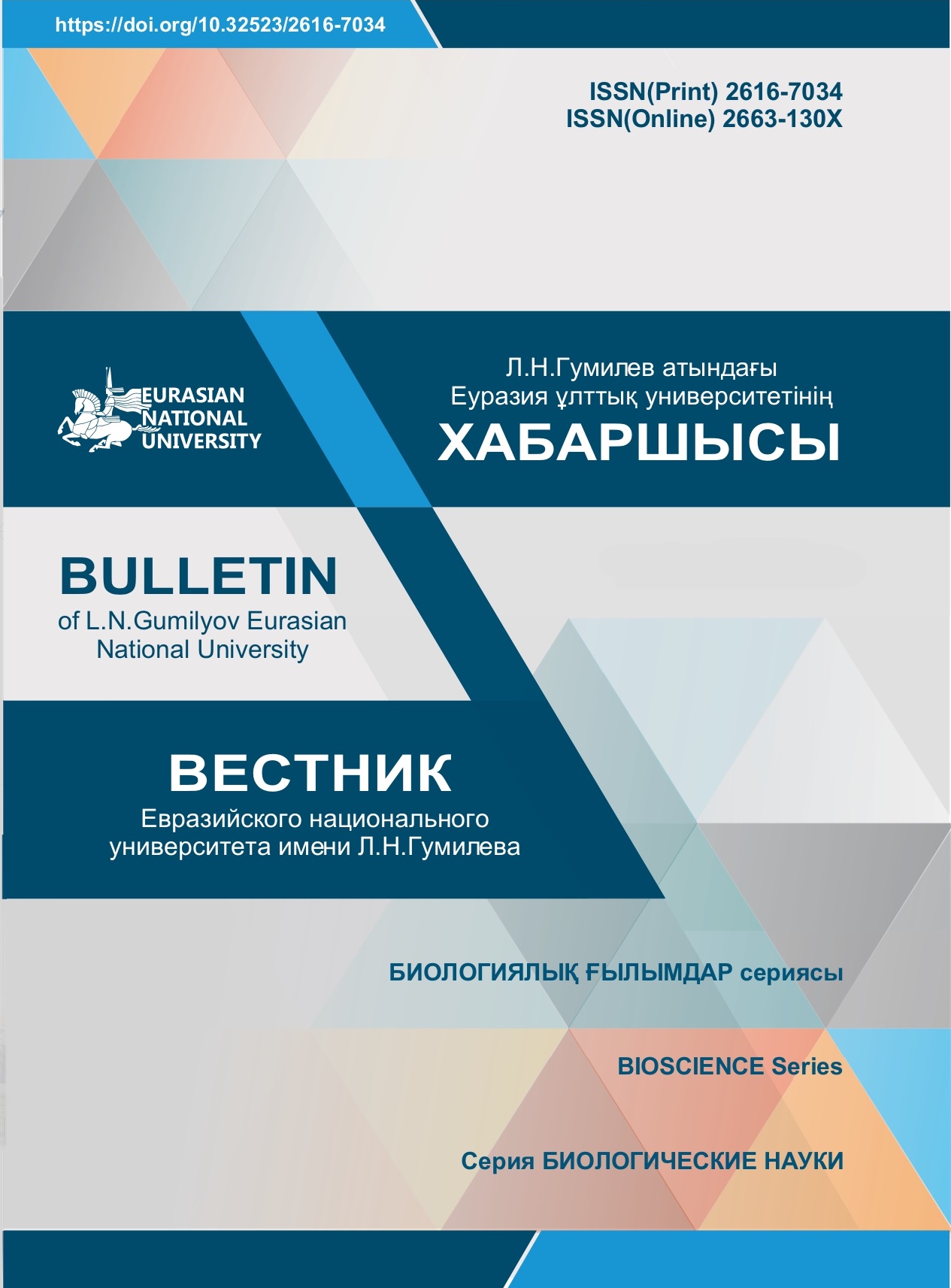Screening of genotypes of rice with colored pericarp for amylose content
Views: 168 / PDF downloads: 141
Keywords:
rice with colored pericarp, black rice, red rice, amylose, starch, amylopectin, hybridsAbstract
Rice is one of the oldest crops. Starch and protein are among the main components of grains. In addition, it contains vitamins, minerals and fats. The criteria for high quality rice vary from country to country. For example, in the Philippines, Bangladesh and India, a preference is given to rice with a high amylose content. In Japan, Egypt and Korea, a preference is given to low-amylose varieties. All varieties are used in China, Myanmar, Nepal and Malaysia.
Starch is a major contributor to the culinary and nutritional quality of rice. In cereal grains, starch consists of C6 sugar, which is polymerized into endosperm starch granules. There are two types of polymerization: straight-chain amylose and amylopectin with branched-chain sugar molecules that are linked by glycosidic bonds.
The light-optical properties of the caryopsis depend on the type of starch polymerization. In caryopses that contain 20-30% amylose, the endosperm is transparent, and with waxy starches, it is cloudy. According to the composition of starch, grains are divided into glutinous and non-glutinous. However, there are many intermediate forms.
One of the important indicators and a good indicator for assessing the quality of grain is the content of amylose. The culinary advantages of rice cereals (coefficient of water absorption and weld, taste and consistency of porridge) depend on the content of amylose. In Kazakhstan, targeted studies have not been carried out to determine the quantitative content of amylose in rice genotypes with a colored pericarp. Therefore, the authors undertook biochemical screening for amylose content in rice genotypes with a stained pericarp and their parental forms.
The article presents results of biochemical analysis of generations F6-F7 hybrids with stained pericarp for amylose content. As a result of the study, it was revealed that among the studied rice samples there are no high amylose genotypes, and the amylose content ranges from 0 to 24.5%. In terms of amylose content, the studied rice genotypes were classified into 4 groups.








